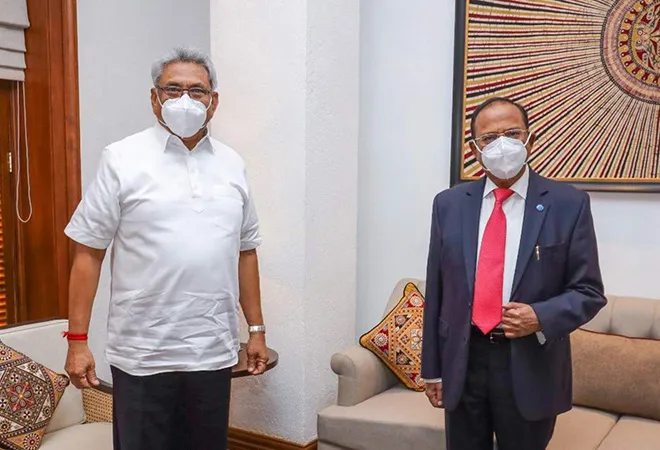-
CENTRES
Progammes & Centres
Location
India and Pakistan have much to learn from their once-poorer neighbor Bangladesh.

Half a century ago, in March 1971, Bangladesh’s founders declared their independence from richer and more powerful Pakistan. The country was born amid famine and war; millions fled to India or were killed by Pakistani soldiers. To the Pakistani military’s American backers, the new country seemed destined to fail: Henry Kissinger, then Secretary of State, famously called it a “basketcase.” George Harrison and Ravi Shankar organized the first-ever super-benefit to raise money for UNICEF relief work in the struggling country.
This month, Bangladesh’s Cabinet Secretary told reporters that GDP per capita had grown by 9% over the past year, rising to $2,227. Pakistan’s per capita income, meanwhile, is $1,543. In 1971, Pakistan was 70% richer than Bangladesh; today, Bangladesh is 45% richer than Pakistan. One Pakistani economist glumly pointed out that “it is in the realm of possibility that we could be seeking aid from Bangladesh in 2030.”
Meanwhile, the share of Bangladeshi women in the labor force has consistently grown, unlike in India and Pakistan, where it has decreased. And Bangladesh has maintained a public debt-to-GDP ratio between 30% and 40%. India and Pakistan will both emerge from the pandemic with public debt close to 90% of GDP. Fiscal restraint has allowed Bangladesh’s private sector to borrow and invest.
Once again, Bangladesh should benchmark itself against Vietnam, which is not only part of the China-centric Regional Comprehensive Economic Partnership and the successor to the Trans-Pacific Partnership, but also signed an FTA with the European Union in 2019. Transforming the terms of Bangladesh’s trade won’t be easy, which is why the effort needs to start now. Dhaka will have to beef up its negotiating capacity in particular: It doesn’t even have a dedicated set of trade negotiators in its commerce ministry.
Nevertheless, the past 50 years have shown how unwise it is to bet against Bangladesh. In 1971, success seemed well beyond a long shot. Today, the country’s 160 million-plus people, packed into a fertile delta that’s more densely populated than the Vatican City, seem destined to be South Asia’s standout success.
This commentary originally appeared in Bloomberg.
The views expressed above belong to the author(s). ORF research and analyses now available on Telegram! Click here to access our curated content — blogs, longforms and interviews.

Mihir Swarup Sharma is the Director Centre for Economy and Growth Programme at the Observer Research Foundation. He was trained as an economist and political scientist ...
Read More +